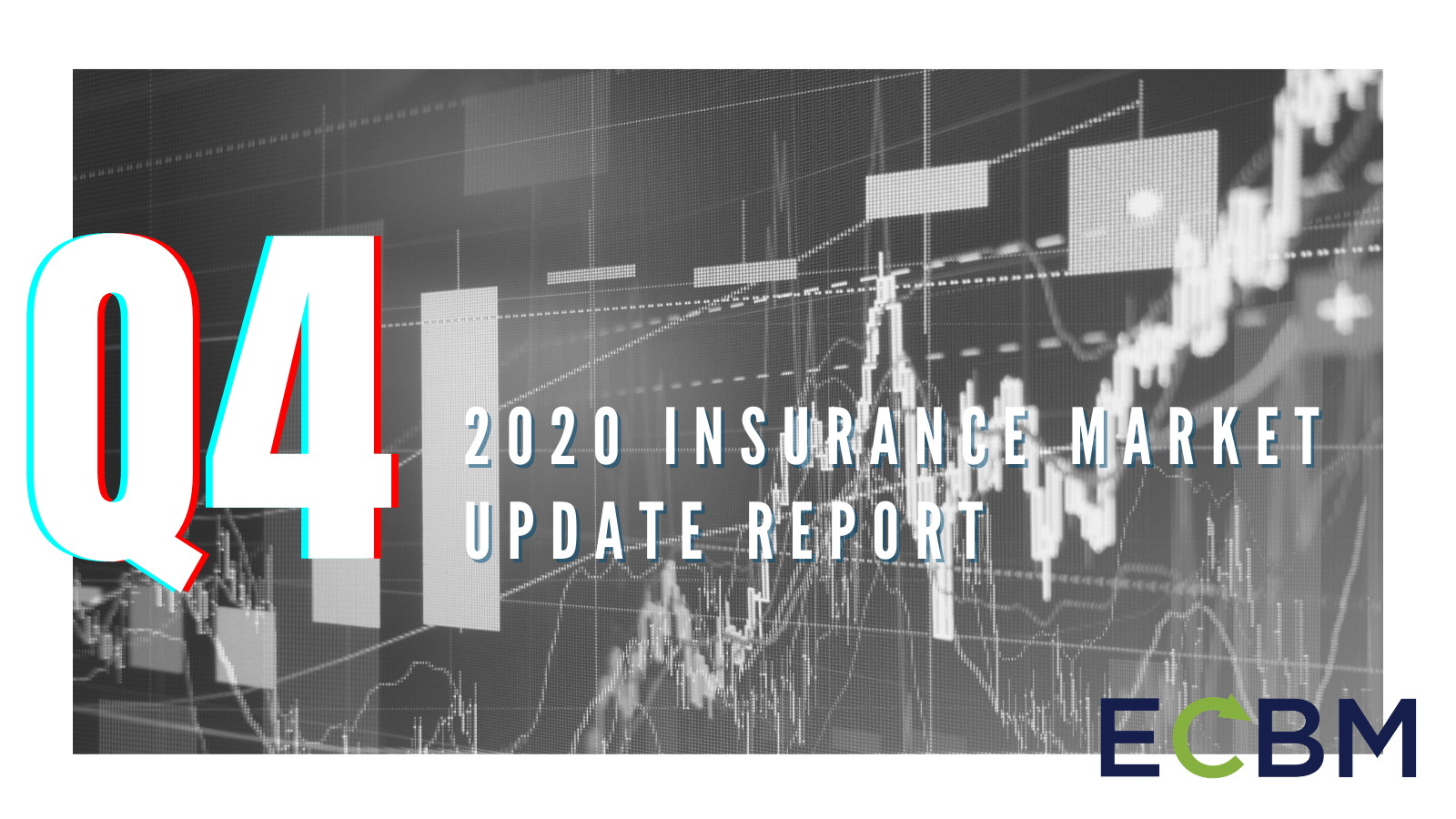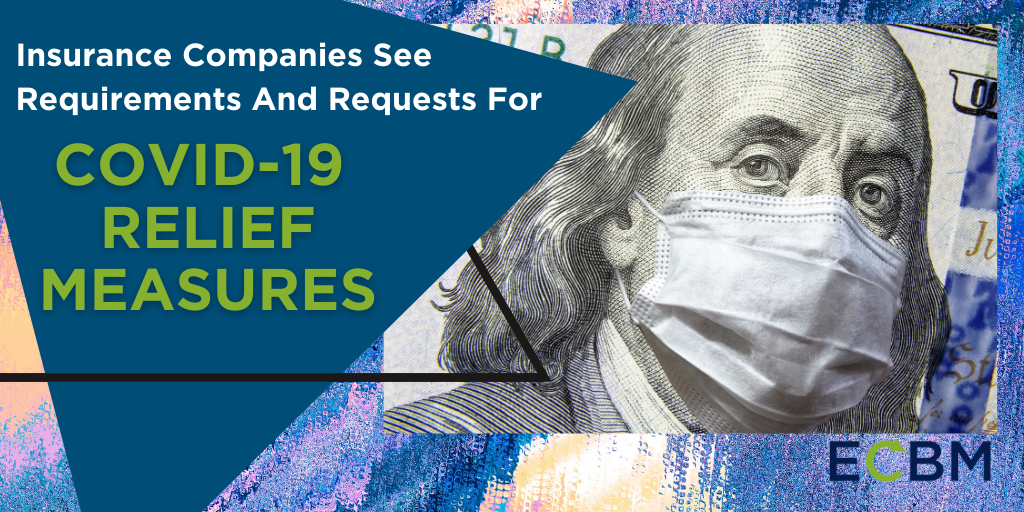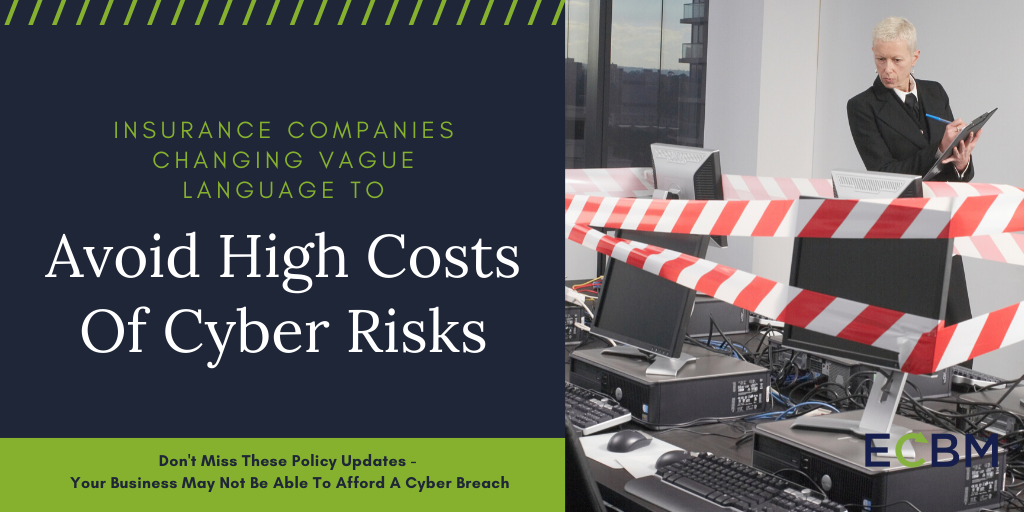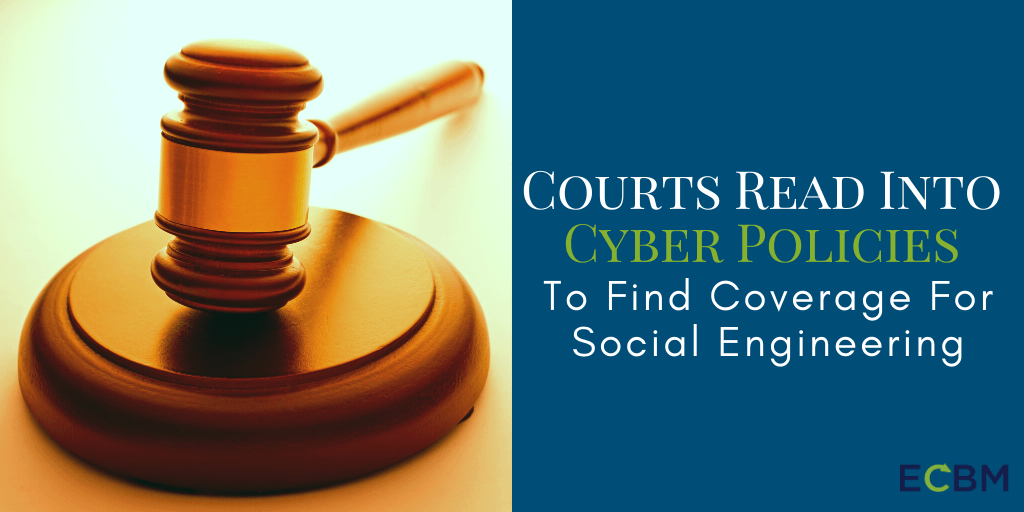Property Insurance Companies are Pulling Their Florida Policies
Florida may be experiencing one of the most significant influxes of new residents, but its also experiencing a mass departure - of insurance companies. Homeowners and property owners alike ... READ MORE
Posted by Charlie E. Bernier
Most Common Types of Insurance Claims for Businesses
Every business has insurance, and most would consider it a positive investment. In some instances insurance is required by law, but in many cases, businesses choose to purchase a plan for ... READ MORE
Posted by Charlie E. Bernier
Leaving Your Job? Here are Your Options for Health Insurance
This past year a record number of Americans quit their jobs. This labor phenomenon referred to as The Great Resignation involves more than 47 million workers quitting their jobs ... READ MORE
Posted by Wendy McCormick
The U.S Still Faces Covid-19 Liability Threats
With vaccinations up and cases mostly on a downward trend, one might think the threat of Covid is coming to an end. While in some ways it is, in others ways-its holding strong. The pandemic ... READ MORE
Posted by Charlie E. Bernier
2020 Insurance Market Update Report Q4
The insurance industry is still doing what it can to react to the COVID-19 pandemic. This means situations are changing rapidly within certain sectors of the insurance marketplace. 2020 was ... READ MORE
Posted by ecbmadmin
Insurance Companies See Requirements And Requests For COVID-19 Relief
As COVID-19 sweeps through the country and does incredible damage to the health and well-being of many Americans, the virus has also caused significant economic damage. With so many cities ... READ MORE
Posted by ecbmadmin
Insurance Companies Changing Coverages To Avoid Cyber Costs
Companies without cyber insurance can find themselves in difficult situations. As more and more vital business functions migrate to electronic systems, companies without cyber insurance ... READ MORE
Posted by ecbmadmin
Insurance In The Face Of COVID-19
While the world steps through the global pandemic, we know our clients are facing the same questions, concerns, and decisions that we are grappling with. The collective safety of our ... READ MORE
Posted by ecbmadmin
Courts Trying To Find Coverage For Social Engineering
Given the relative newness of cyber insurance policies, comparatively little case law exists interpreting these policies in the context of claims. Courts have sometimes struggled with how ... READ MORE
Posted by ecbmadmin


.png)
.png)
.png)
.png)




